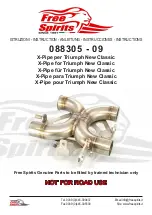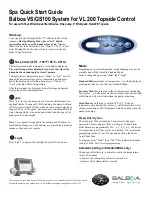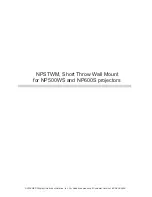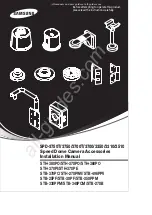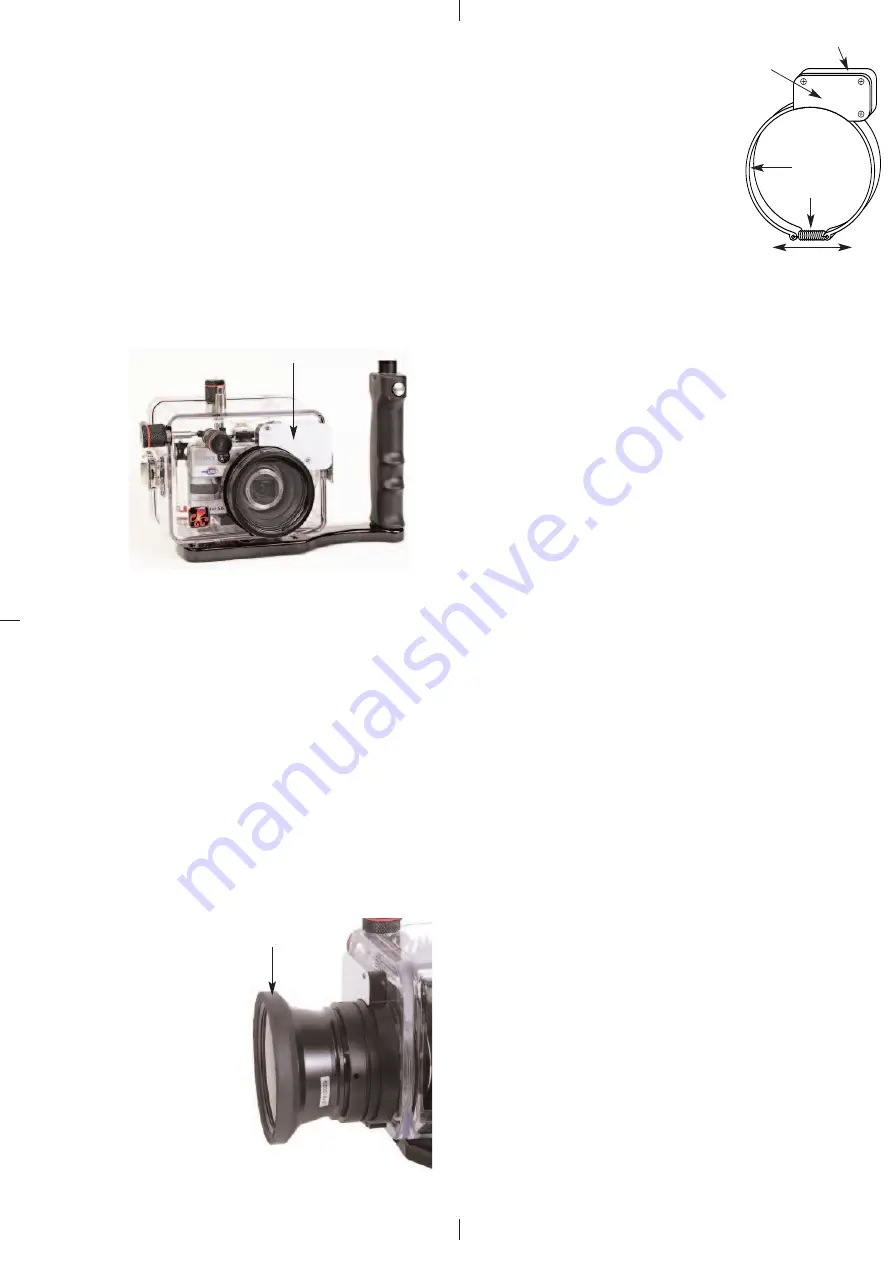
DDiiffffuusseerr aanndd DDeefflleeccttoorr ccoonntt..
A diffuser and deflector are
included with the housing. The
diffuser is white transparent
plastic. The deflector is also white
but is not transparent and has a
decal on the front.
To install the diffuser or deflector
spread the port clamp at the spring
end and slide over the lens port.
The white plastic should be placed
in front of the camera flash. The
port clamp should be pushed back
against the front of the housing.
DDiiffffuusseerr
The diffuser should be installed when using the camera’s built in
flash. When shooting with the camera’s built-in flash at
approximately 2 feet (0.6 m) or less, zoom the lens to
maximum telephoto. The lens port on the housing blocks a
portion of the light from the camera’s built-in flash when
shooting close up. If you do not zoom to maximum telephoto, a
shadow may appear in the lower left corner of close-up
photographs.
(You can test this above water)
DDeefflleeccttoorr
The deflector should be installed when using an external strobe
such as the DS51 or DS125 Substrobe and EV-Controller in the
slave mode. The deflector will redirect the camera’s flash to the
EV-Controller which controls the external strobe.
Diffuser or
Deflector
material
Port Clamp
Spring
Spread to Install
This edge against
housing
10
LLeennss PPoorrtt
The Lens Port is factory sealed, do not remove.
Treat the glass in the lens port as a camera lens. After use, rinse
and gently dry the lens port to avoid water spotting. To clean
use a mild soap solution or lens cleaner.
Do not use alcohol or window cleaner on the Lens Port.
The Lens Port is threaded so that accessory lenses may be
screwed onto the port. The threads are very fine, take care not
to cross thread the lens.
Wide angle lenses are available from Inon, Sea & Sea and Epoque.
These lenses can be screwed onto the lens port above or below
water. These lenses are designed to have water between the
front of the port and the accessory lens. Make sure no air
bubbles are trapped between the port and the accessory lens.
There may be slight vignetting when these wide angle lenses
are installed. Any vignetting
that occurs can be eliminated
by zooming the camera lens
slightly. The camera’s built-in
flash cannot be used with
wide angle lenses. The front
of the lenses are so large
they block the camera’s
flash. To properly light
subjects when using a wide
angle lens an external strobe
should be used. Due to the
wide angle of coverage of
these lenses, the DS125
Substrobe is recommended
or two DS51 Substrobes.
Wide Angle
Lens
Housing shown with accessory
wide angle lens.
9
8
LLuubbrriiccaannttss
1. Ikelite provides silicone lubricant with the housing. We
recommend that you use only Ikelite lubricant on Ikelite
products as some other brands may cause the o’ring to swell
and not seal properly.
2. Use only enough lubricant to lightly cover control shafts and
o’rings. Wipe off any excess lubricant with a clean cloth.
Lubricant is not a sealant, it is used to reduce friction. Excessive
lubricant can collect sand and dirt which may interfere with
proper sealing.
CCAAUUTTIIO
ON
N
N
Neevveerr uussee sspprraayy lluubbrriiccaannttss aass tthhee pprrooppeellllaanntt iinnggrreeddiieenntt ccaann
ccaauussee tthhee ppllaassttiicc hhoouussiinngg ttoo ccrraacckk..
DDiiffffuusseerr aanndd DDeefflleeccttoorr IInnssttaallllaattiioonn
Housing shown
with diffuser
installed.
Diffuser
11
M
Maaiinntteennaannccee
The Ikelite Digital Housing should be given the same care and
attention as your other photographic equipment. In addition to
normal maintenance we recommend that the housing be returned
to Ikelite periodically to be checked and pressure tested.
1. DDoo N
Noott leave the camera and housing in direct sunlight for
prolonged periods. Heat may damage the camera.
2. DDoo N
Noott ship the camera in the housing.
3. Before using the housing, always check the tightness of the sseett
ssccrreew
w in each control knob.
Check each ccoonnttrrooll ggllaanndd penetrating the housing to make sure
they are tight. There is a slight chance that either could vibrate
loose during travel.
4. Keep the back o’ring clean and lightly lubricated. To lubricate
remove the o’ring from the back. Put a small amount of lkelite
lubricant on your fingers. Draw the o’ring through your fingers
to apply a light coating of lubricant. Only apply enough
lubricant to make the o’ring feel slick. DDoo N
Noott ssttrreettcchh tthhee oo’’rriinngg.
This light coating of lubricant will help to keep the o’ring from
drying out and will help to show a dark sealing line when the
housing back is properly sealed.
5. Keep the area where the o’ring fits and the sealing surface of
the housing clean.
6. Rinse the housing exterior thoroughly in fresh water after each
salt water use. Dry with a soft cloth. Dry lens port to eliminate
water spotting.
After several uses in salt water soak the housing in a mild soap
solution, rinse and dry before storage. When storing the
housing, remove the back o’ring, lightly lubricate and place in a
plastic bag. Place the plastic bag with o’ring inside the housing
for safe keeping.
CCAAU
UTTIIO
ON
N
N
Neevveerr uussee sspprraayy lluubbrriiccaannttss aass tthhee pprrooppeellllaanntt iinnggrreeddiieenntt ccaann
ccaauussee tthhee ppllaassttiicc hhoouussiinngg ttoo ccrraacckk..
All manuals and user guides at all-guides.com







